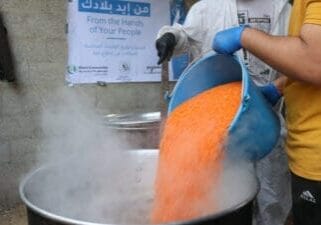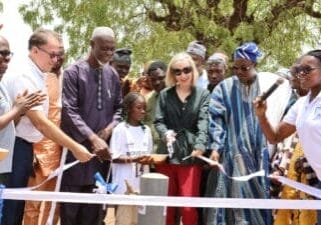News > Blog
Reviving Ukrainian Communities through Shelter Repairs in Hard-Hit Regions
Published 02/24/2023 by Global Communities
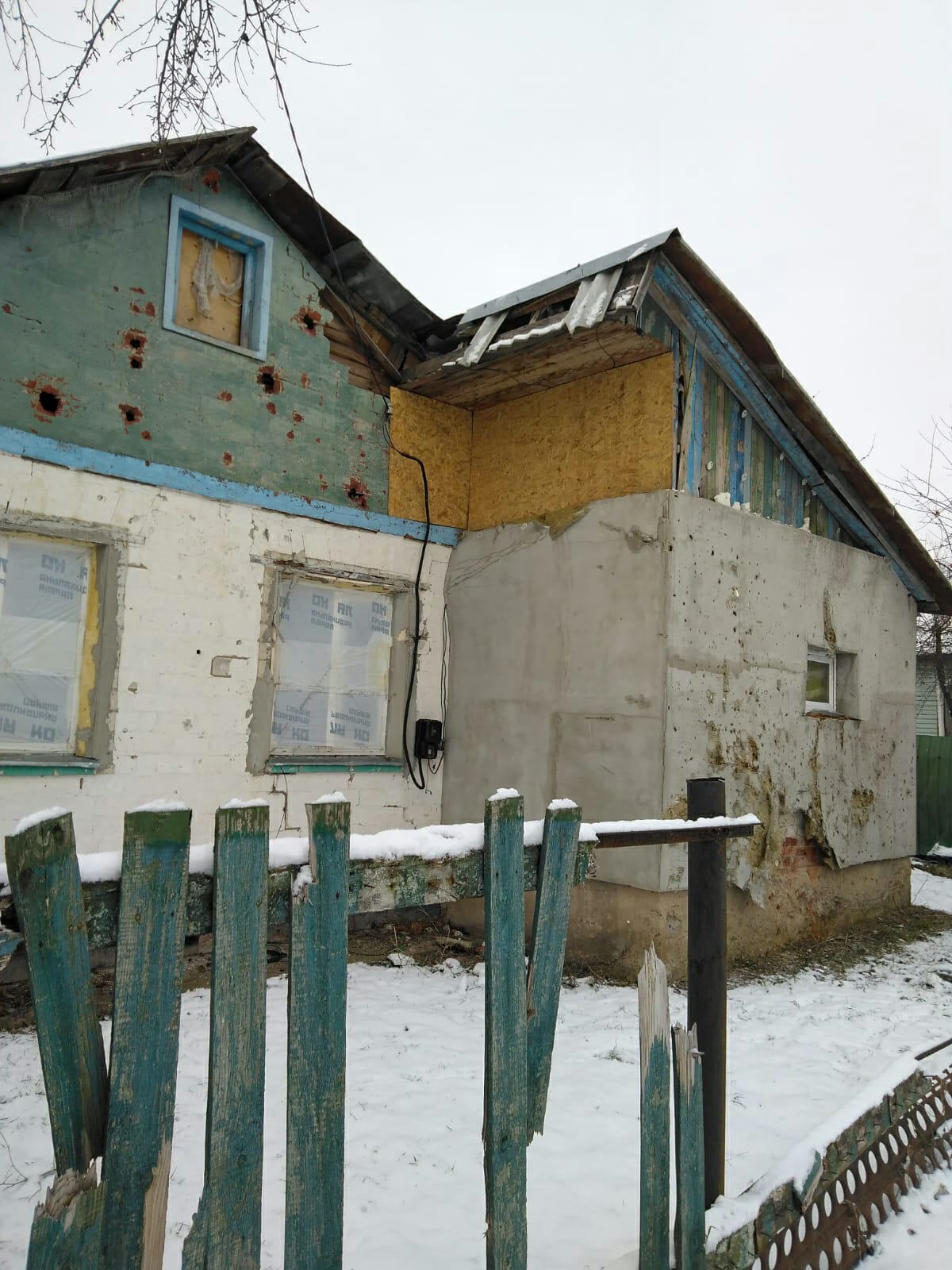
Since the start of Russia’s invasion on February 24, 2022, hundreds of thousands of Ukrainians have been deprived of their homes and had their livelihoods disrupted due to ongoing hostilities and massive missile attacks. Damage to residential buildings and civilian infrastructure continues to grow. As of November 2022, according to the Kyiv School of Economics, the overall number of destroyed and damaged private homes and apartment buildings in Ukraine increased by 8,000 compared to September 2022.
The Chernihiv region is among the top five regions of Ukraine most affected by the destruction of housing stock with an estimated 7,000 damaged residential buildings. Many residents continue to live in damaged housing and, when combined with disruptions to electricity and heating, conditions are expected to become next to unbearable during the harsh winter months. Therefore, timely interventions are crucial to supporting the most vulnerable residents of the Chernihiv region through winter.
With funding from the United States Agency for International Development’s Bureau for Humanitarian Assistance (USAID/BHA), the Community-Led Emergency Action and Response (CLEAR) program implemented by Global Communities aims to repair 300 houses in two target regions — Chernihiv and Chernivtsi — reaching an estimated 774 people with improved living conditions.
In mid-December, CLEAR started a pilot damage assessment in a targeted community located northwest of Chernihiv city. Most of the community’s settlements were occupied by Russian forces following the first days of the invasion, and the territory suffered significantly. After Russian forces retreated in April 2022, the local government began documenting the damaged or ruined property for further remedy actions.
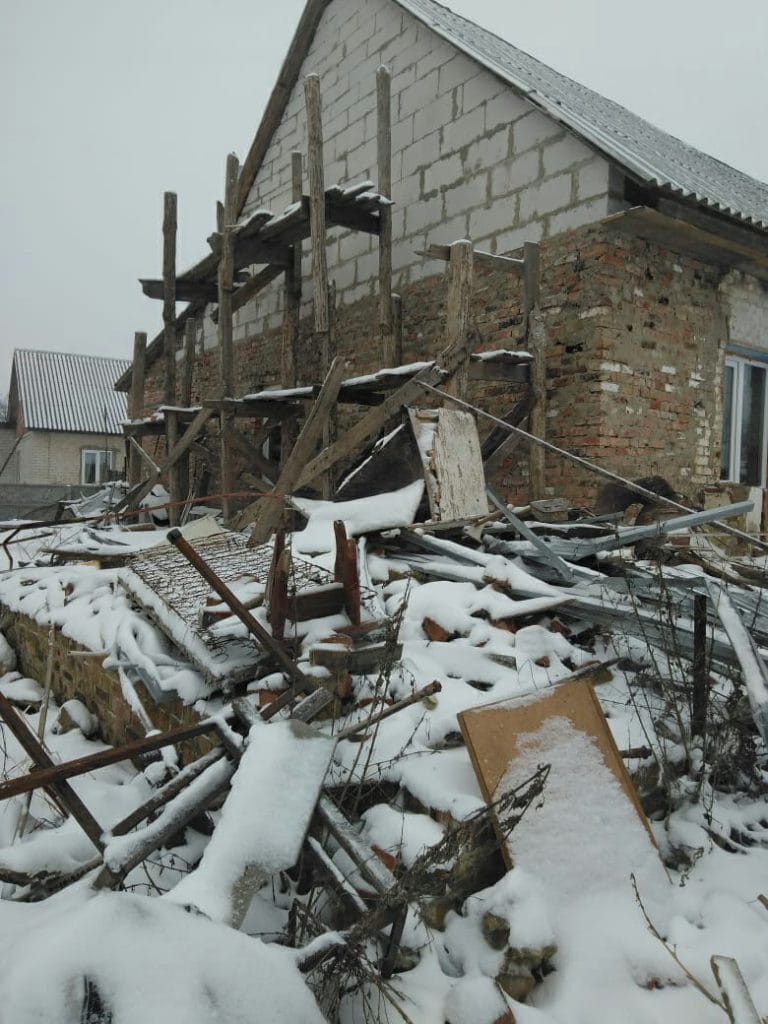
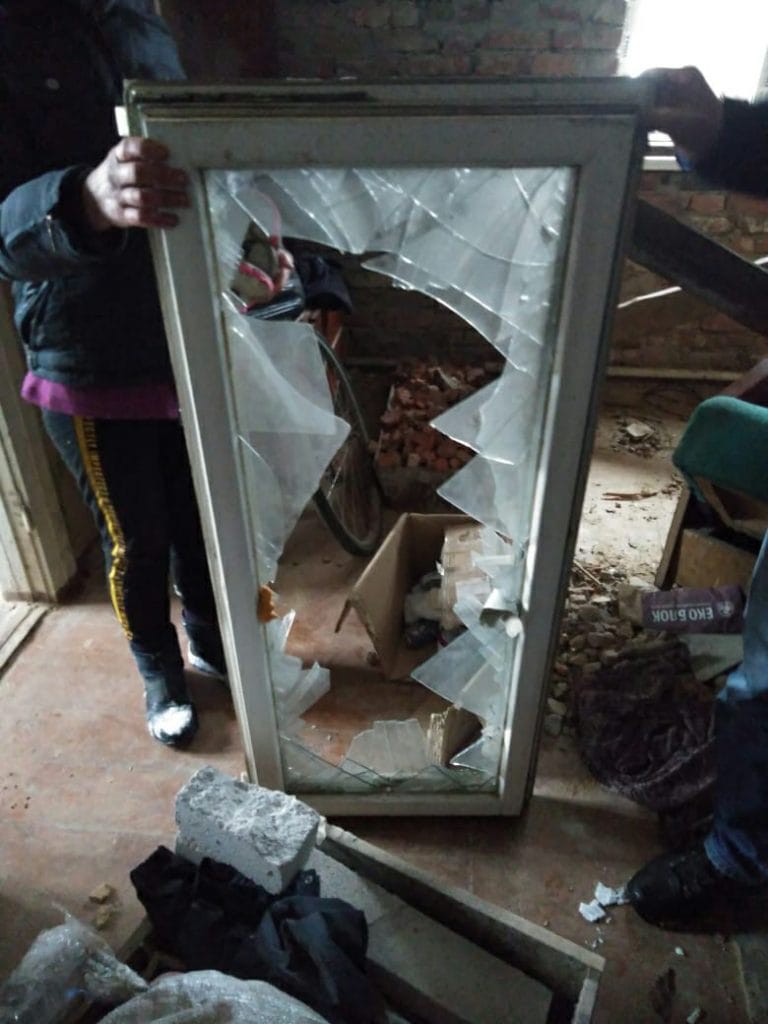
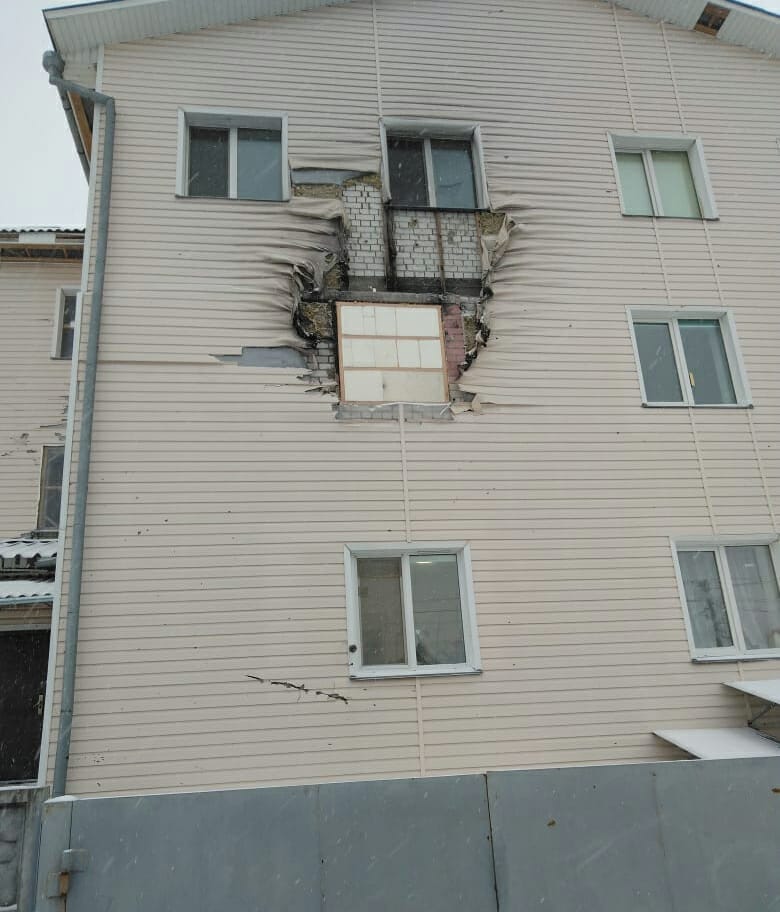
According to the Land Relations, Communal and Housing Services Department of the Novobilouska community, 370 houses are currently in need of repairs. Wherever possible, the local government has provided construction materials and engaged with volunteers to help the owners of damaged houses with repairs. Still, the community budget’s revenues have decreased significantly due to the war and resources are scarce, so assistance from donor organizations is both needed and appreciated.
Drawing on data collected by the Novobilouska community, CLEAR selected 26 households for a damage assessment pilot and joined representatives from the local government for on-site visits. CLEAR prioritized dwellings located not only in the community’s center but also in four remote settlements where access to humanitarian assistance is often limited.
“We paid particular attention to the living conditions of each family, prioritizing those most vulnerable. [The community] helped us with obtaining such information. On the spot, we not only were able to document the damage but also to speak with the owners to find out what their situation was, as each home is individual and has its own story.”
Dmytro Tikunov, Shelter & WASH Advisor, CLEAR program
Among those visited by CLEAR were a mother of five who cannot afford the repairs to her home and an elderly couple with disabilities who received construction materials from the regional administration but cannot do any repairs on their own. Our team also encountered a woman whose husband and brother-in-law were killed by a mine. Her house suffered from shelling and now she, together with her own children and a foster child, are temporarily living with relatives. All of them are having to share limited space while she figures out how to get new windows and doors installed so her family can return home.
Since numerous humanitarian assistance actors are operating in Chernihiv region, CLEAR wants to avoid duplicating efforts and ensure the timely coordination of activities between partners. Therefore, part of the criteria for being selected for shelter repairs is that the homeowners are not receiving assistance other organizations.
After completing site visits for our damage assessment pilot in December, CLEAR was able to identify additional people in need of housing repairs and helped update the community’s database. A total of 20 households have been pre-selected for assistance and only local construction companies are eligible to bid on the work, which will help contribute to the local economy.
While this approach will be piloted with the Novobilouska community, the CLEAR program intends to scale up in other target areas and support a total of 300 households with non-structural repairs. Priority will be given to residents of the communities in Chernihiv region who suffered directly from the hostilities. For the Chernivtsi region, CLEAR will proceed by identifying light repairs needed at communal living centers where those who have been displaced have congregated during the war.
In addition to shelter repairs, CLEAR will distribute shelter emergency kits for up to 2,000 households that will enable the owners to do basic repairs on their own. At the same time, we will assist those who are unable to use the kits with the help of our partner civil society organizations and local volunteers.
In this way, CLEAR’s shelter repair activities stand to make a lasting and tangible contribution to the wider effort of local government entities and international partners in the reconstruction of damaged housing and revival of Ukrainian communities.

This success story is made possible by the generous support of the American people through the United States Agency for International Development (USAID). The contents are the responsibility of Global Communities and do not necessarily reflect the views of USAID or the United States Government.


